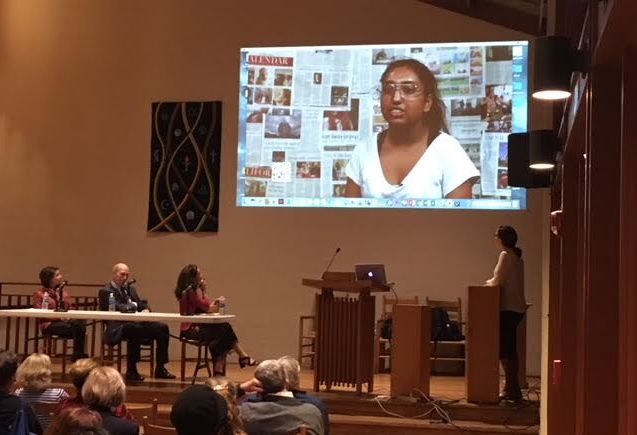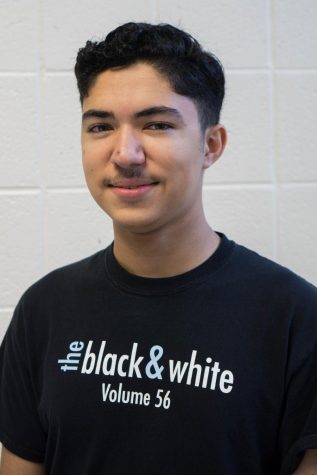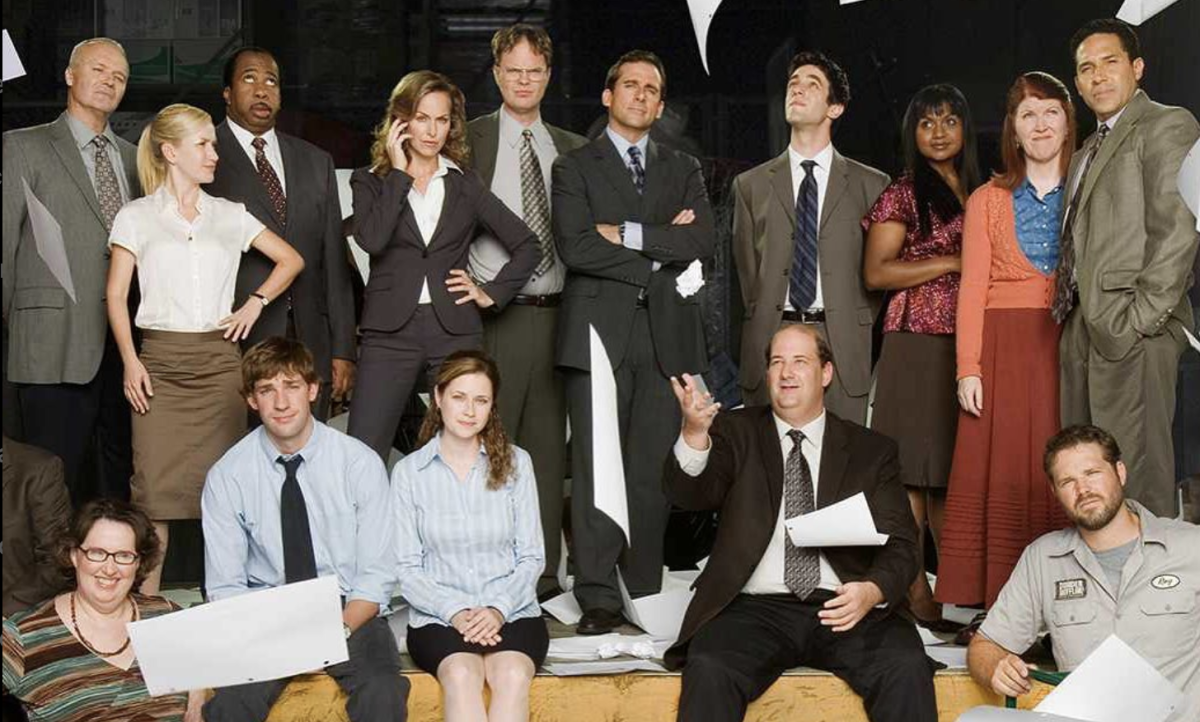Panel on fake news educates neighbors, students
Neighbors listen to panelist Elis Estrada (far right) in her multimedia presentation at “Fake News: How to Know What to Believe” hosted by local organization Neighbors United. Seated on stage from left to right: panelist Maggie Farley, panelist Alan Miller and moderator Caron Martinez. Photo by Naren Roy.
December 3, 2017
Neighbors United hosted a panel of three professional journalists to present tools for identifying fake news at River Road Unitarian Universalist Congregation Nov. 6.
The panel included Alan Miller, founder and CEO of the News Literacy Project; Maggie Farley, American University Journalism Leadership Transformation Professional Fellow and Elis Estrada, director at PBS Newshour Student Reporting Labs. Caron Martinez, director of American University’s Kogod Center for Business Communication, moderated the event. The total audience turnout was close to 60, Neighbors United representative Polly Sherard said.
“I think the real value in tonight’s session is that we’re showing you some real tools and strategies that will leave you hopeful,” Martinez said. “We didn’t want to wring our hands and bemoan the fact that fake news exists.”
Whitman-area residents started Neighbors United in late 2016, first meeting in December to better connect with and support neighbors following hateful incidents in the community, Sherard and representative Jo-Ann Harrison said.
“We were looking into an event to have that we hoped would appeal to a wide audience, and we just came up with this idea in August,” Sherard added.
Prefacing her main message for the evening, Martinez discussed the relevance of fake news and asked the panel to define it for the audience. Each panel member then presented an overview of their personal experience helping people navigate the many different news media.
Farley allowed the audience to try her online interactive news literacy game, “Factitious,” which she co-created at American University. It allows news consumers to test their fact-checking skills using a series of headlines and articles.
Both Miller and Estrada shared projects especially geared towards news literacy efforts for youth.
Miller discussed his News Literacy Project, which he created after speaking with Pyle students over a decade ago about his journalism, he said. The program went on to be piloted at three schools, including Whitman. Now offering nationwide programs, the News Literacy Project teaches students to determine the credibility of news outlets, particularly through use of their recent virtual learning technology “Checkology.”
“Students need to learn how to be critical and skeptical and smart about what it is that they trust, as students and as citizens,” Miller said.
Estrada shared a multimedia presentation about Student Reporting Labs from PBS Newshour Extra which helps organize educational resources in over 100 schools across the country.
“Students are engaging in the highest form of journalistic inquiry and media production as well as project-based learning,” Estrada said.
The evening concluded with panelists taking audience questions which ranged from the motives and identities of fake news creators to the role of confirmation bias in everyone’s lives.
After attending the event, sophomore Lorenzo Natal said he feels more informed about the tools available to critically examine his own news consumption on social media forums like Snapchat.
“I think students are aware of fake news, I just think they don’t think about it when they read stuff,” Natal said. “They’re just like ‘oh wow this is interesting, let me share it with this person.’ It’s not their reflex—it should be—to check something. I think we kind of need the technology [like Checkology].”








